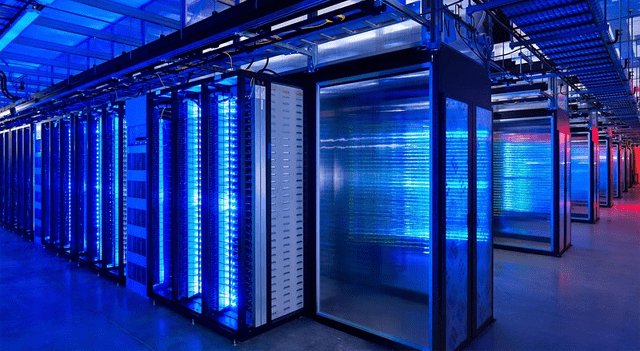Analysts at Yardeni Research say the artificial intelligence boom may face a fundamental constraint: a shortage of available power. In their view, insufficient electricity could become the industry’s “Achilles’ heel” as demand for AI-focused data centers accelerates.
The rapid rollout of AI applications has triggered a wave of investment in new facilities designed to support the advanced chips behind the technology. This week, chipmaker Advanced Micro Devices (NASDAQ:AMD) told investors it expects AI data center revenue to surge by roughly 80% annually over the next three to five years, driving overall company revenue growth of around 35% per year.
CoreWeave (NASDAQ:CRWV), backed by Nvidia (NASDAQLNVDA) , echoed the optimistic demand outlook, describing appetite for its AI infrastructure as “solid and ‘insatiable.’” Still, as Yardeni analysts — including Jackie Doherty — noted, the company recently trimmed its full-year revenue guidance because one of its major developers failed to deliver data centers on schedule.
These concerns mirror comments from Microsoft CEO Satya Nadella, the analysts wrote. Nadella has warned that the “biggest issue” facing Microsoft today is “the ability to get the [data center] builds done fast enough, close to power,” cautioning that if facilities are not completed soon, “you may actually have a bunch of chips sitting in inventory that I can’t plug in.”
But Yardeni’s team said construction delays are only part of the challenge. Citing research from Bain & Company, the analysts pointed to multi-year waits — sometimes as long as five years — to connect new data centers to the massive amounts of electricity required to operate next-generation AI hardware. That hurdle, they said, is now the “most significant obstacle for data center growth.”
They also highlighted the strain on regional power grids in states where data centers are heavily clustered, and growing worries that soaring power usage could raise electricity costs for households, potentially fueling community resistance to new developments.
“Access to electricity is also causing headaches for those building data centers,” the Yardeni analysts wrote.
